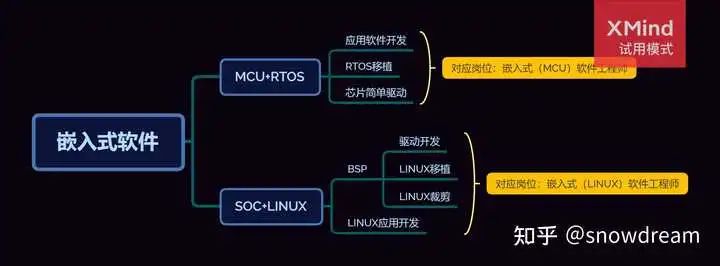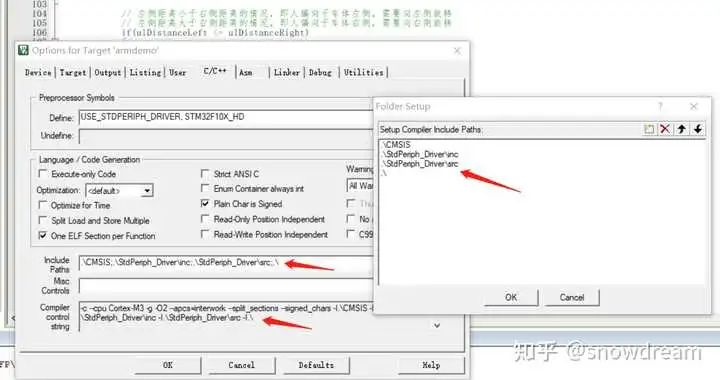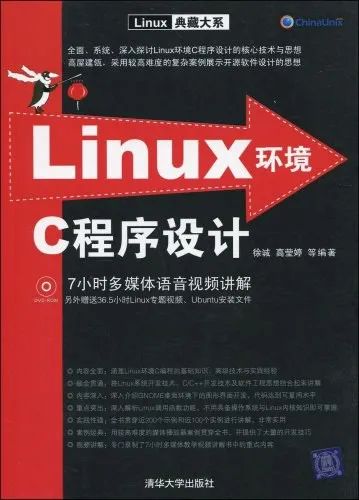
Source: Zhihu
Author: snowdream
It’s quite awkward now; the MCU products I work on always feel repetitive, and I want to learn something new but don’t know how to transition.

1. Shell, VIM, and Makefile

2. Common Linux APIs

3. Debugging Techniques
Author: snowdream
Source: Zhihu
Recommended Reads (Click to read more)
Finally
If you find this article good,share it, it’s also our motivation to continue updating.
5T Resource Giveaway!Including but not limited to:C/C++, Linux, Python, Java, PHP, Artificial Intelligence, PCB, FPGA, DSP, LabVIEW, MCU, etc.!
Click the card below and reply “More Resources” to get free resources.

